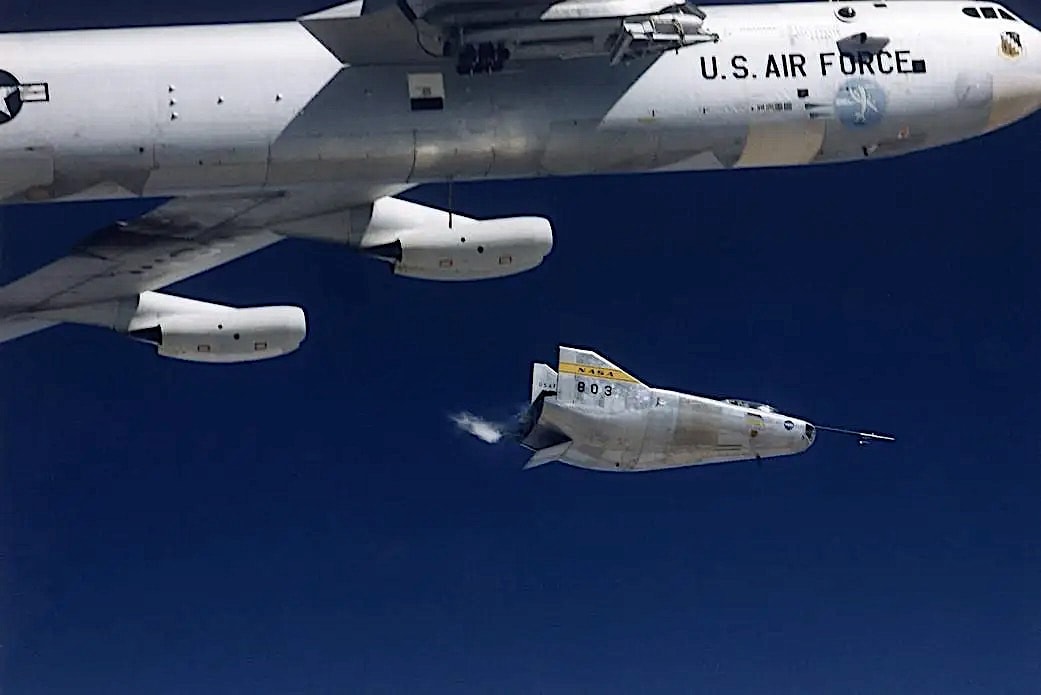Since the inception of aviation, aircraft have predominantly featured fixed-wing designs, owing to their optimal lift-generating capabilities. However, in 1917, amidst aviation’s nascent stages, American tailor Roy Scroggs envisioned a novel aircraft devoid of traditional wings.
Dubbed “The Last Laugh,” it resembled a dart, relying on its streamlined body for lift instead of conventional wing structures.
While Scroggs’ vision and similar lifting-body aircraft concepts failed to materialize in mainstream aviation, recent endeavors by various aerospace startups have reignited interest in such designs.

Although lifting bodies were historically overlooked in aviation, they’ve garnered attention for potential applications in space exploration since the early 1960s.
NASA’s Armstrong Flight Research Center initiated a test program, evaluating six lifting-body prototypes (M2-F1, M2-F2, M2-F3, HL-10, X-24A, and X-24B) from 1963 to 1975. These wingless craft, relying on their fuselage shapes for lift, paved the way for advancements in aerospace technology, eventually contributing to the development of the Space Shuttle.
Decades later, NASA continues to explore the potential of lifting bodies, envisioning them as integral components in future planetary exploration missions.
Led by investigator John Bodylski at Armstrong, a project seeks to develop wingless aircraft, leveraging their inherent aerodynamic advantages for atmospheric data collection on extraterrestrial bodies, particularly the gas giants within our solar system.
Recently, Armstrong’s Dale Reed Subscale Flight Research Laboratory collaborated on the creation of two miniature lifting-body aircraft models, offering insights into potential operational frameworks.
These compact models, constructed from carbon fiber and foam, provide a glimpse into future atmospheric probes designed to navigate alien worlds, gathering invaluable data for scientific exploration.
While the realization of spacecraft utilizing lifting-body designs remains distant, NASA’s ambitious initiatives hold promise for revolutionizing planetary exploration, potentially reshaping our understanding of celestial bodies beyond Earth’s confines.

